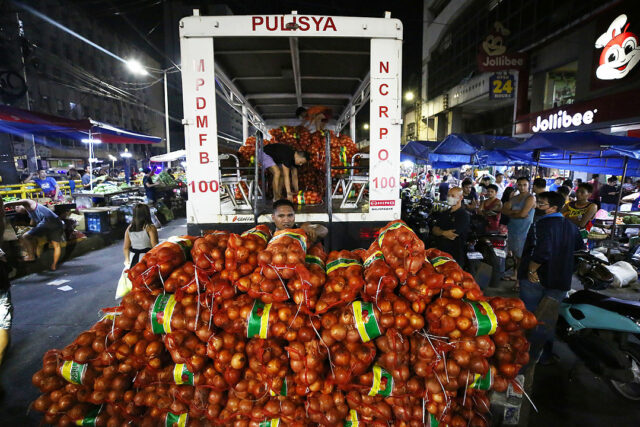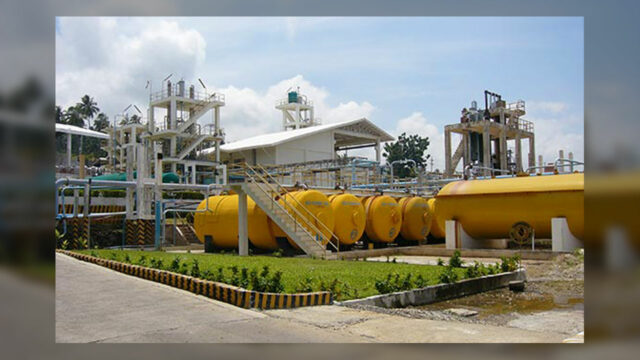The COVID-19 pandemic is now slowly becoming part of our forgotten history. Also slowly, real estate companies such as developers, dealers and lessors, are now gaining momentum en route to recovery and growth. With the more relaxed movement of people, real property values have risen alongside the enhanced foot traffic at commercial establishments. Having said this, knowing the proper taxes and tax compliance requirements on transactions surrounding real property have become a key business consideration for real estate companies.
In this article, let us tackle the tax rules applicable to sale of real property classified as “ordinary assets.”
DEFINITIONS
Real property under Revenue Regulations (RR) No. 7-2003 follows the definition laid down in Article 415 of the Civil Code of the Philippines which enumerates 10 items of real property, including land, buildings, roads and construction of all kinds adhered to the soil, and everything attached to an immovable object in a fixed manner, in such a way that it cannot be separated therefrom without breaking the materials or causing the deterioration of the object.
On the other hand, a real estate dealer is defined by RR No. 7-2023 as any person engaged in the business of buying and selling or exchanging real property and holding himself out as a full or part-time dealer in real estate. A real estate developer is any person engaged in the business of developing real property into subdivisions, or building houses on subdivided lots, or constructing residential or commercial units, townhouses and the like for his own account and offering them for sale or lease.
VAT-EXEMPT SALE OF REAL PROPERTY
Not all sale of real property is subject to value-added tax (VAT). In RR No. 1-2024, which amended RR No. 8-2021, it provides that the sale of real property not primarily held for sale to customers or held for lease in the ordinary course of trade or business; real property utilized for socialized housing; and house and lot, and other residential dwellings, with a selling price of not more than P3.6 million effective Jan. 1, 2024, is VAT-exempt.
SALE OF REAL PROPERTY SUBJECT TO VAT, TAXABLE BASE AND INVOICING REQUIREMENTS
Revenue Memorandum Circular (RMC) No. 99-2023 provides that generally, sales of real property classified as “ordinary assets” are subject to VAT (except for the transactions mentioned in the preceding part of this article).
Real property considered ordinary assets include the following: (a) Stock in trade of a taxpayer or other real property of a kind which would properly be included in the inventory of the taxpayer if on hand at the close of the taxable year; or (b) Real property held by the taxpayer primarily for sale to customers in the ordinary course of his trade or business; or (c) Real property used in trade or business (i.e., buildings and/or improvements) of a character which is subject to the allowance for depreciation provided under Sec. 34 (F) of the National Internal Revenue Code (NIRC) of 1997, as amended; or (d) Real property used in trade or business by the taxpayer.
Further, donation by a VAT-registered person of a real property used in the course of business of the donor-taxpayer and donation by a VAT-registered person of a real property originally intended for use in business are deemed sales of real property classified as ordinary assets and hence shall also be subject to VAT.
VAT, which is equivalent to 12%, shall be based on the gross sales. The definition of gross sales under the Ease of Paying Taxes (EoPT) Act means the total amount of money or its equivalent value in money which the purchaser pays or is obligated to pay to the seller in consideration of the sale, barter or exchange of the goods or property, excluding VAT. The excise tax, if any, on such goods or property forms part of the gross sales.
RR No. 99-2023, in relation to RR No. 16-2005, provides that the 12% VAT on the sale of real property be based on the gross selling price of the property, which is the consideration stated in the sale document or the fair market value (FMV), whichever is higher. The FMV is the higher of the zonal value and assessed value.
For VAT purposes, the sale of real property is classified into installment sale or deferred sale, which was left unchanged by the EoPT Act. It is considered a sale on installment plan if the initial payment in the year of sale does not exceed 25% of the gross selling price; otherwise, it is considered as having been executed on a deferred-payment basis.
In installment sale, the seller is required to recognize the output VAT on every installment payment, actually and/or constructively received, including interest and penalties. Correspondingly, the buyer can claim the input tax in the same period that the seller recognized the output tax.
In deferred-payment transactions, the sale is considered a cash sale; hence, the seller is required to recognize the output tax on the entire selling price in the month of sale, with the input tax accruing to the buyer at the time of sale. As such, any subsequent payment will no longer be subject to VAT.
The seller of real property classified as “ordinary assets” are required to issue a Sales Invoice. The same applies to a VAT-registered taxpayer engaged solely in the sale of services but sells a real property used in trade or business pursuant to the EoPT Act.
REPORTING OF SALE IN THE ITR
RMC No. 99-2023 states that if the seller’s registered business with the BIR is real estate, the sale forms part of its gross sales reported in the ITR. Otherwise, the sale, despite the issuance of a sales invoice, does not form part of gross sales, but the gain on such sale of real property must be declared as other taxable income in the ITR. The gain is computed by deducting the book value of the real property from the selling price indicated in the SI. Any creditable tax withheld by the purchase may be claimed as a tax credit.
The copy of BIR Form No. 1606 with proof of payment of the Creditable Withholding Tax must be attached to the ITR where the sales were declared by the seller.
OTHER TAX RETURNS TO BE FILED
The buyer of the real property must file BIR Form No. 1606 for the remittance of expanded withholding tax on the purchase of such real property, and BIR Form No. 2000-OT must be filed by either of the parties for the declaration and payment of the documentary stamp tax (DST) due on sale/transfer of real property.
RPVARA (REPUBLIC ACT NO. 12001)
In June, Republic Act No. 12001 or the Real Property Valuation and Assessment Reform Act (RPVARA) was signed into law. As a summary, this Act prioritizes the adoption and implementation of the Philippine Valuation Standard (PVS). The PVS aims to ensure uniformity in valuing real properties for taxation and other purposes. The law also establishes market value as the single valuation base for assessment, eliminating inconsistencies arising from different valuation methods.
With RPVARA, the BIR is no longer in the position of determining the zonal value of real property for internal revenue tax purposes. This function is now transferred to local assessors, who are required to adopt the PVS to ensure uniform valuation of real property. It is thus expected that the valuation of real property will now be uniform and easier, as this will be determined via the PVS. Hence, the computation of Capital Gains Tax and DST on sale of real property now has a uniform basis.
The law also grants a real property tax amnesty for unpaid real property taxes, including penalties, surcharges and interest. Property owners who want to avail of the amnesty may choose either a one-time payment or installment payment of delinquent taxes within two years after the law’s effectivity.
TAKEAWAYS
The sale of real property is considered to have special tax compliance rules. Hence, with the changes introduced by EoPT and RPVARA, we may expect new regulations to be issued by the BIR to ease the processing of related taxes for real properties and assist the real estate industry with its steady growth.
Let’s Talk Tax is a weekly newspaper column of P&A Grant Thornton that aims to keep the public informed of various developments in taxation. This article is not intended to be a substitute for competent professional advice.
Alexander M. Querido, Jr. is a manager of the Tax Advisory & Compliance division of P&A Grant Thornton, the Philippine member firm of Grant Thornton International Ltd.
pagrantthornton@ph.gt.com















